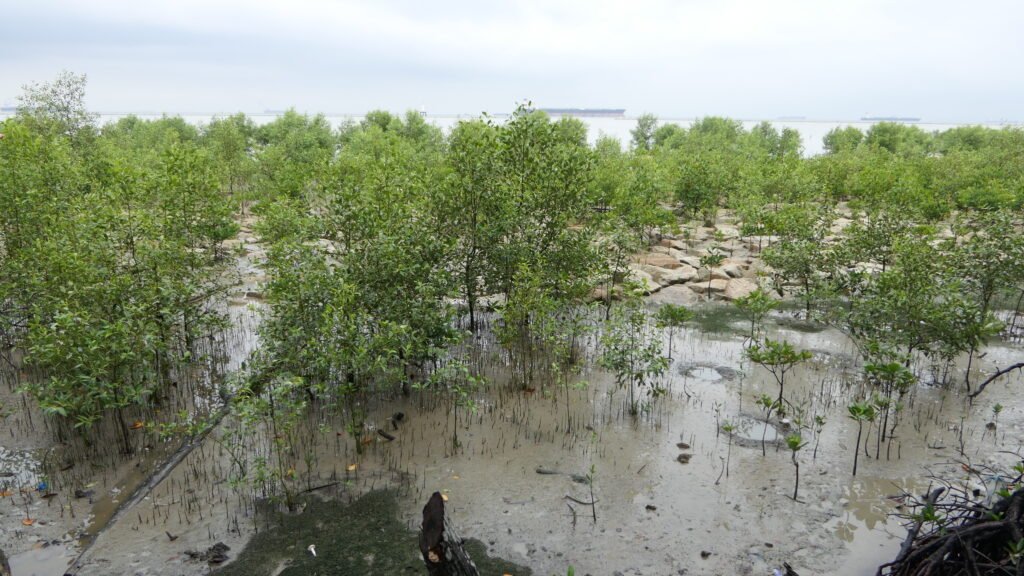Our Research
Global Phylogeography of Mangroves
#Biogeography

Mangroves are a tropical and subtropical intertidal plant community that could serve as an ideal study system to examine the drivers of landscape-level genetic connectivity. First, mangroves consist of phylogenetically-unrelated plant groups that underwent convergent evolution to adapt to an intertidal environment. Therefore, a wide spectrum of ecology and dispersal characteristics exists across species. Second, being coastal plants, mangroves have undergone dramatic species range changes in the past due to the fluctuations in sea level, especially during the Pleistocene. This gave rise to pronounce phylogeographic patterns and allowed us to examine both the past and present effect of vicariance and landscape features (e.g. land mass). Third, all true mangroves have water-dispersed propagules (i.e. seeds, fruits or viviparous seedlings). Therefore, any disparity in phylogeographic pattern is most likely due to ecological and biological factors. This project aims to
- Determine the global phylogeographic patterns of multiple mangrove species
- Examine the effect of major drivers of gene flow via a comparative phylogeographic approach
